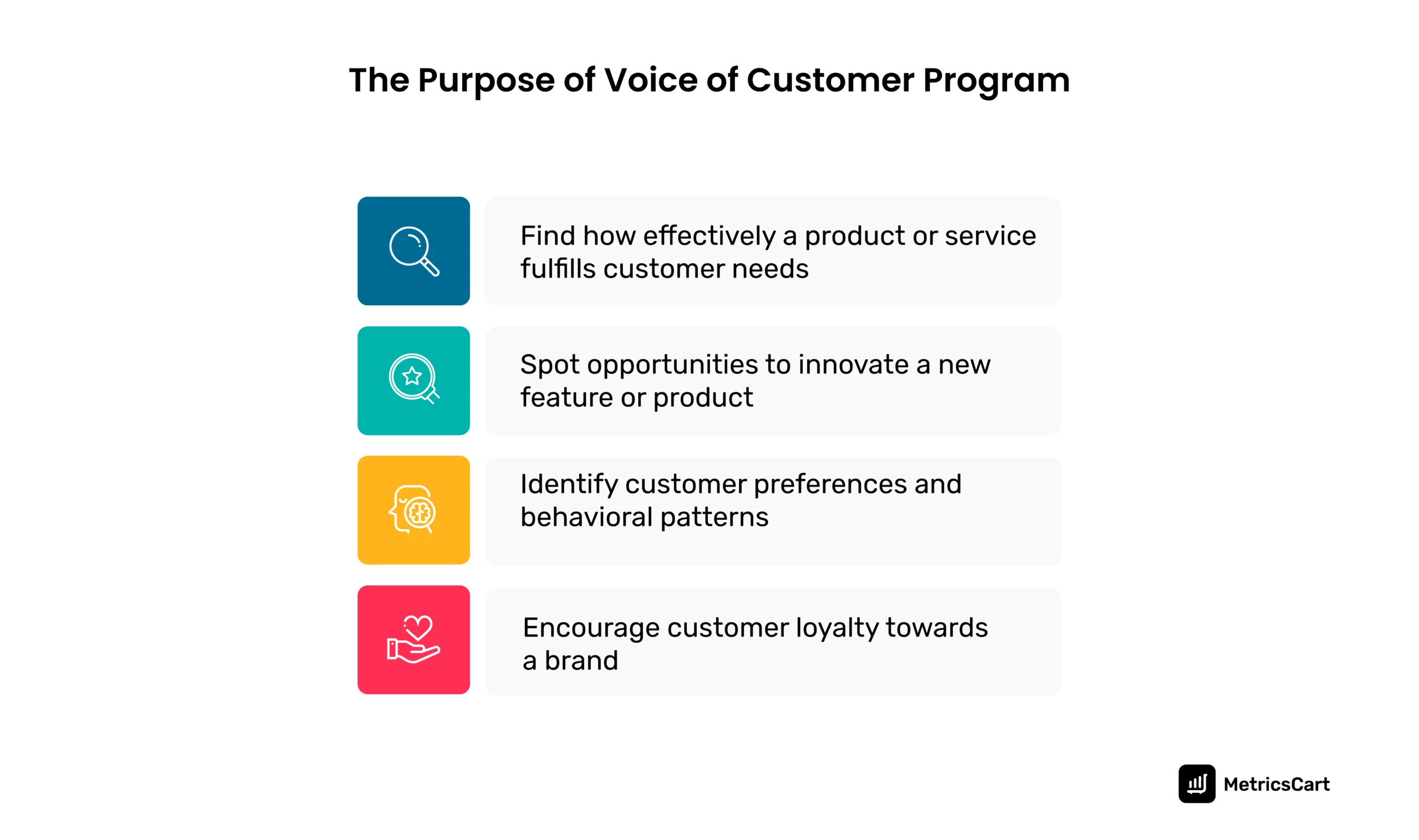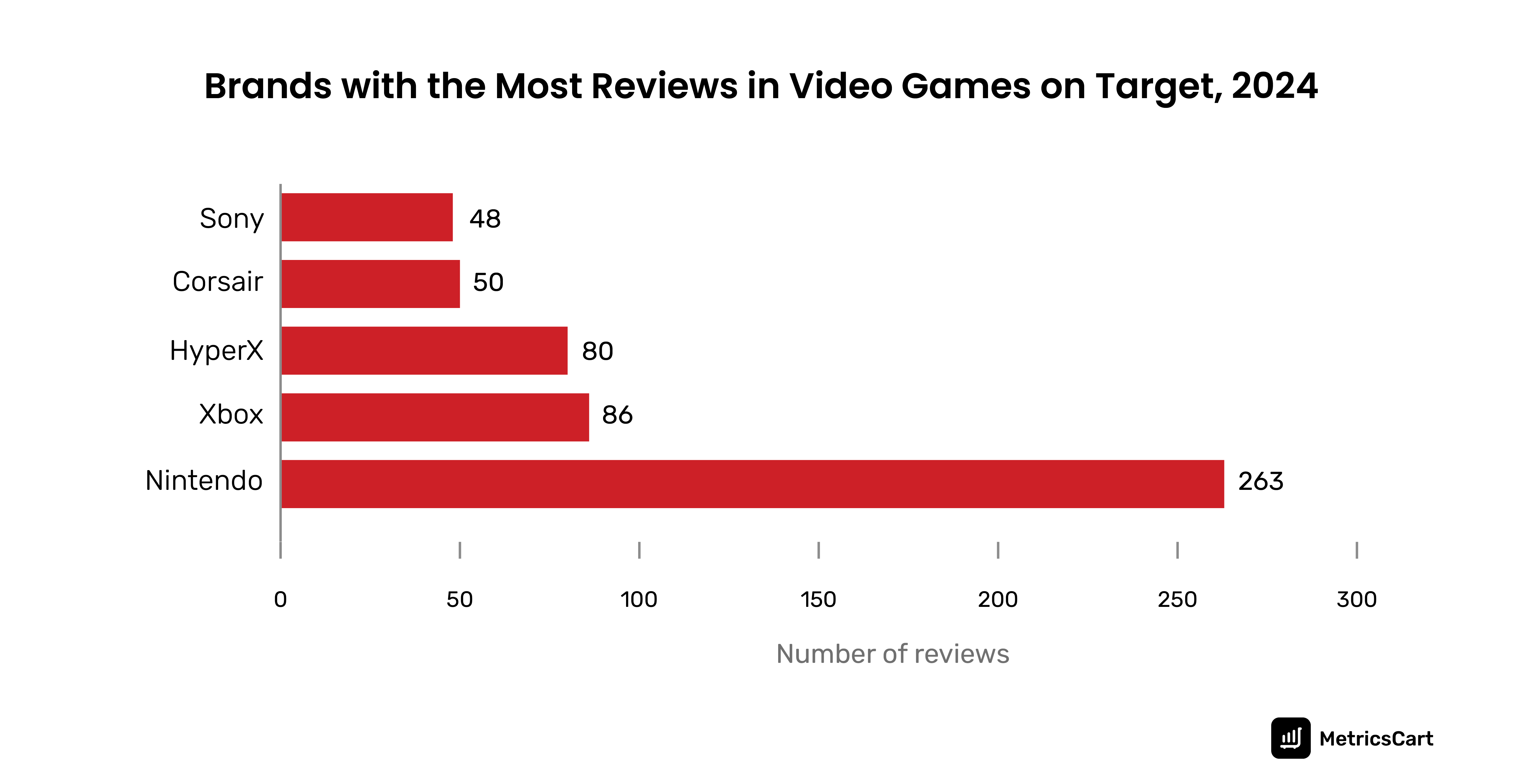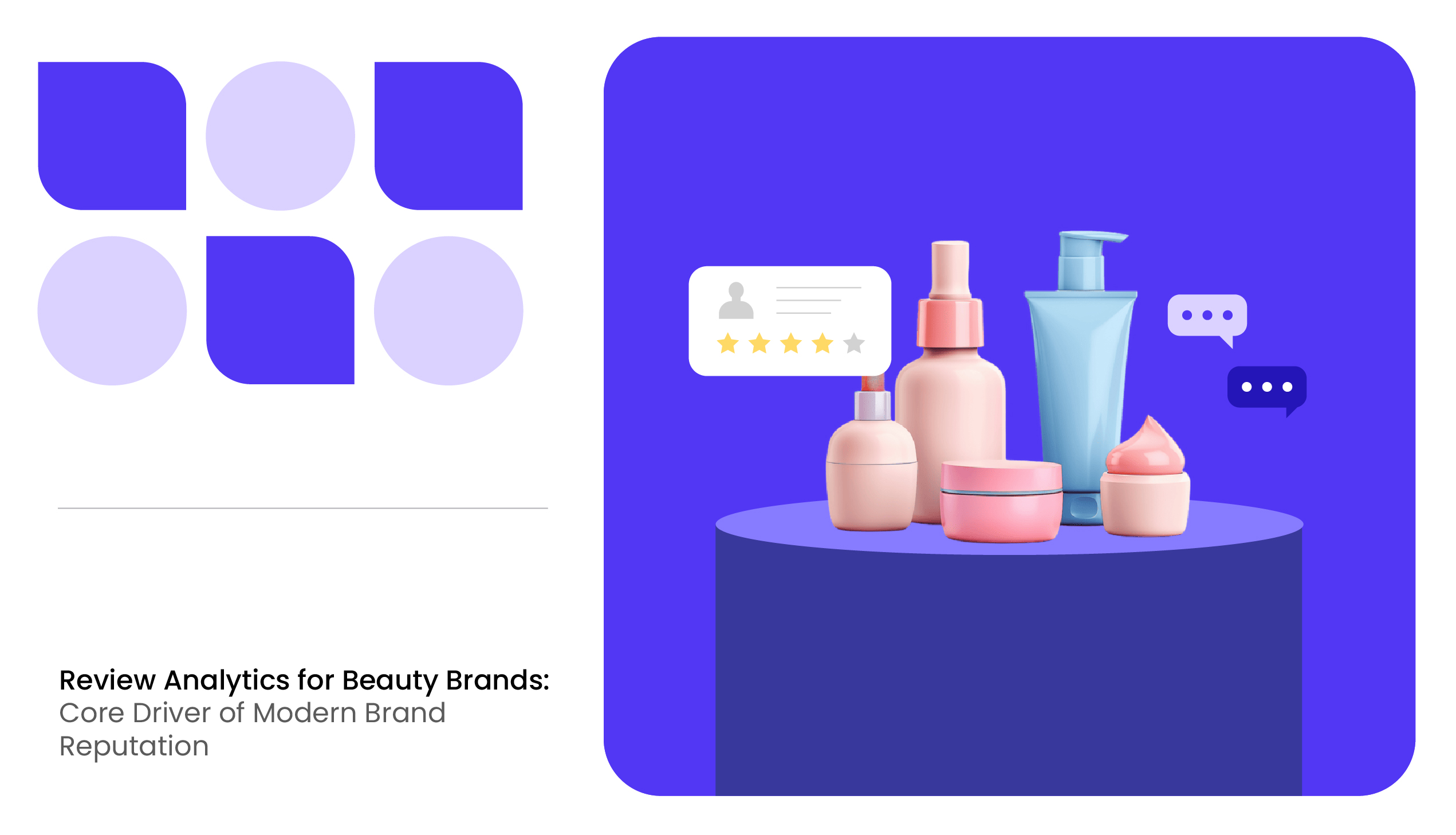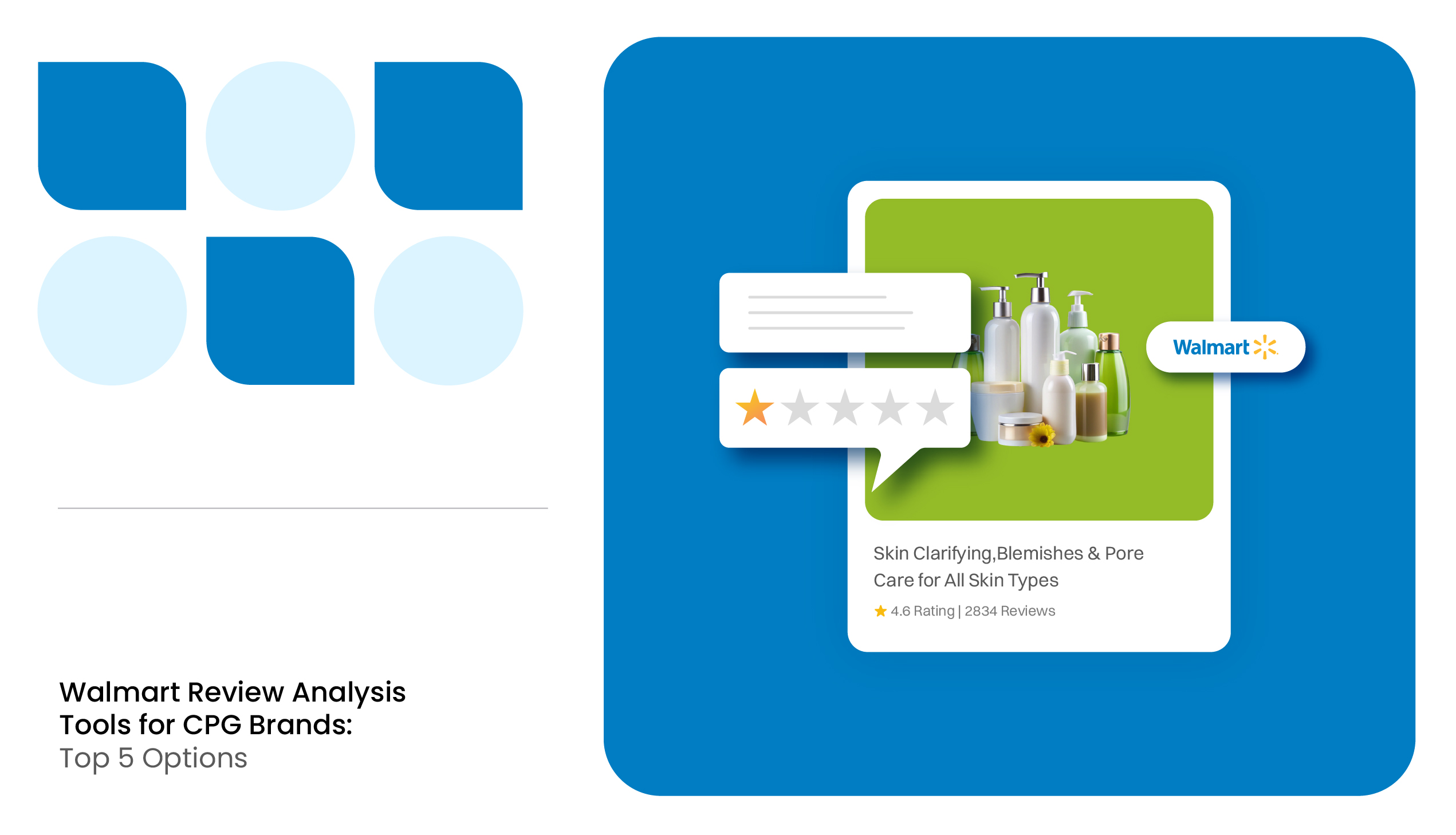In today’s fiercely competitive retail landscape, the voice of customers acts as a guide for businesses to navigate the digital marketplace efficiently. In an e-commerce context, the reviews and ratings data reflect the voice of customers.
Except for a few savvy brands, 95% of organizations struggle with managing unstructured data. An e-commerce product review analysis platform is the best solution to decode valuable insights from information-dense customer reviews posted across many channels.
What is Voice of the Customer (VoC)?
The voice of the customer is the systematic method businesses use to gather user feedback to understand customer perception about their products better.
In an e-commerce context, VoC data is collected from live chat with a customer service executive, a bot, or user reviews and ratings posted publicly by customers.
Methods to Collect Voice of Customer Data
By capturing VoC, brands can address customer pain points at every touchpoint in the customer journey. Some methods to collect voice of the customer data are:
Online Product Ratings and Reviews
In the online shopping scenario, customers directly express their satisfaction or dissatisfaction about the products they purchase by posting ratings and reviews publicly. This has led to a growing importance of ratings and review monitoring.
Customer Satisfaction Surveys
Sellers and brands engage with customers post-purchase to understand how satisfied the customer is with the product. Usually sellers request customers to fill a feedback form or ask them to write a review about a product that they recently purchased from a marketplace.
Feedback Form on Website
Website visitors can share their feedback with the company at any point in time by filling out the feedback form.
Customer Interviews
To interact on a more personal level, customer interviews are executed in person, on the phone, or through email during the pre-launch phase to refine the product features or after a promotion to measure its success.
Customer Support Ticket Conversation
Recorded interactions, live chat with a bot or customer executive gives the brand a broader overview of users’ experience and expectations about a product.
Social Media Feedback
Social media allows sellers to have real-time conversations with potential buyers and product users. Product reviews from influencers and vloggers in the form of user-generated content are picking up lately.
Market Research Questionnaires
Certain companies gather the voice of customer data from focus groups during the pre-launch phase to test new waters.
Companies often gather data from a combination of the above techniques for research. The success of a VoC methodology depends on the product and the target audience it caters. For example, if a brand wants to understand the thought process of Gen Z buyers, they may find a more accurate data set on social media rather than feedback forms.
How Does a Voice of the Customer Analytics Program Work on E-Commerce
When shopping on an e-commerce channel, 85% of consumers trust online reviews just as much as personal recommendations. Trusting these reviews on faith underscores the true power of ratings and reviews.

Voice of customer (VoC) analytics program is a step by step process. From collecting data to continuous monitoring, there are six steps involved in the process:
Data Collection
Customer decision making process involves a series of steps including a comparison of various alternatives on different channels before buying a product. Brands gather data using various methods from multiple customer touch points. Having a clear objective in mind before data collection helps in getting precise results.
The best form of VoC to understand customer perception in e-commerce is monitoring reviews and ratings.
Data Integration
Google sheet is the traditional tool used for data visualization. A digital shelf analytics solution provider such as MetricsCart makes analyzing facts more appealing on its easy to view dashboard. In the following steps we will explain how we help brands with review monitoring.
Our platform collects data, analyzes it and generates advanced insights for organizations to understand their customers, anticipate their needs, and enhance their overall experience.
- We aggregate the customers reviews and ratings from all e-commerce platforms.
- We then add contextual information to the data (demographics, promotion period etc.) to enhance understanding.
Data Analysis
Data analysis is divided into qualitative and quantitative analysis.
Quantititive analysis graphs are prepared by our data analysts to identify trends and patterns.
Here is an example of VoC quantitative analysis created by MetricsCart. Among the brands of video games available on Target, Nintendo is the most popular brand with maximum reviews.

Our qualitative text mining analysis:
- Derives recurring themes and sub-themes
- Group problems and sentiments expressed in customer reviews
- Our enhanced customer feedback analysis compares historical data and competitors’ reviews to understand brand popularity in a given category
READ MORE | Want the complete report? Take a look at Digital Shelf Insights: Category Data Analysis on Target
Generate Insights
Data analysis identifies and recommends actionable insights to brands. It could be features to improve a product or address customer pain points.
We segment the insights and pass on the information to brands for them to develop customized strategies
Action Plan
Based on the insights, brands implement strategies that align with their business goals.
Monitoring
Post-implementation, those brands succeed which:
- Regularly track performance metrics
- Assess the impact of change
- Adjust strategies according to evolving customer needs
Advantages of Using Voice of Customer
Among the e-commerce companies, Amazon endeavors to achieve the quality control standard of ‘six sigma’ by leveraging VoC through customer reviews and customer service interactions.
Most brands have a presence on Amazon. When sellers align with the robust quality control standard of the marketplace and effectively meet customer expectations, they are bound to rank high on SERP.
One of the criteria to improve visibility is having a good number of positive reviews. The Amazon Vine program assists brands registered with the marketplace to generate early reviews.
Here are the top three advantages:
Spots Factors that Cause Dissatisfaction in Customers
Positive reviews enhance brand reputation. By addressing the negative reviews early on, brands can increase the number of positive feedback.
READ MORE | Curious to know how to create a positive brand image in the mind of consumers? Check out our blog Online Brand Reputation Management: How To Improve Visibility and Ratings
Serves as an Opportunity to Improve the Product and Increase Customer Retention
McDonald’s is an example that uses the voice of the customer effectively. It is the most recognizable brand in the world as it uses geographical segmentation to customize its products, services and marketing messages to appeal to local tastes and preferences.
Generates Ideas to Innovate and Meet the Needs and Wants of Customers
For instance, Apple integrates customer feedback into product development to innovate. Nike is yet another brand that collects VoC from various touch points to make improvements in its product line.
In the food and beverage segment, Nestle measures customer sentiment using analytic tools and gathers meaningful data to improve brand loyalty.
How Voice of the Customer Impacts a Business?
“The single most important thing to remember about any enterprise is that there are no results inside its walls. The result of a business is a satisfied customer.” This quote from Peter Drucker, father of modern business management is true in the e-commerce scenario too.
The voice of the customer data gives brands and sellers visibility into what shoppers are thinking. If brands and their stakeholders cater exactly to the needs of the customers, success is definite.
To translate customer reviews on a digital shelf into measurable, actionable customer requirements, send a message to MetricsCart. We are an e-commerce product review analysis platform that extracts and presents data in an easy-to-understand dashboard for brands to plan out an effective strategy.





